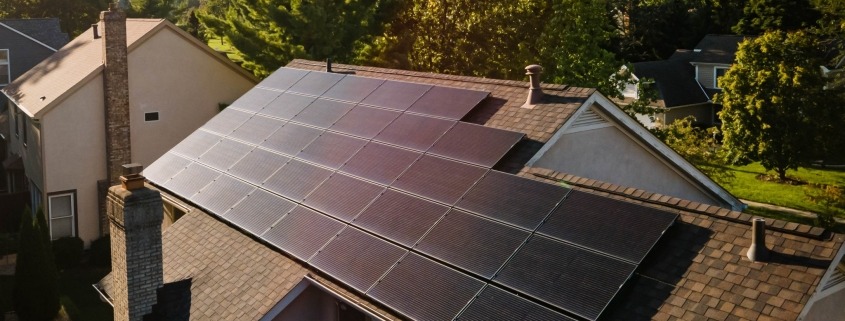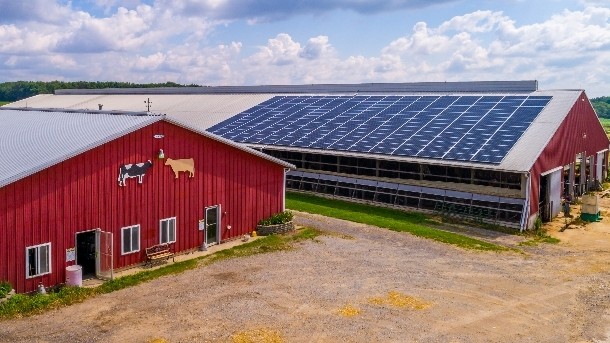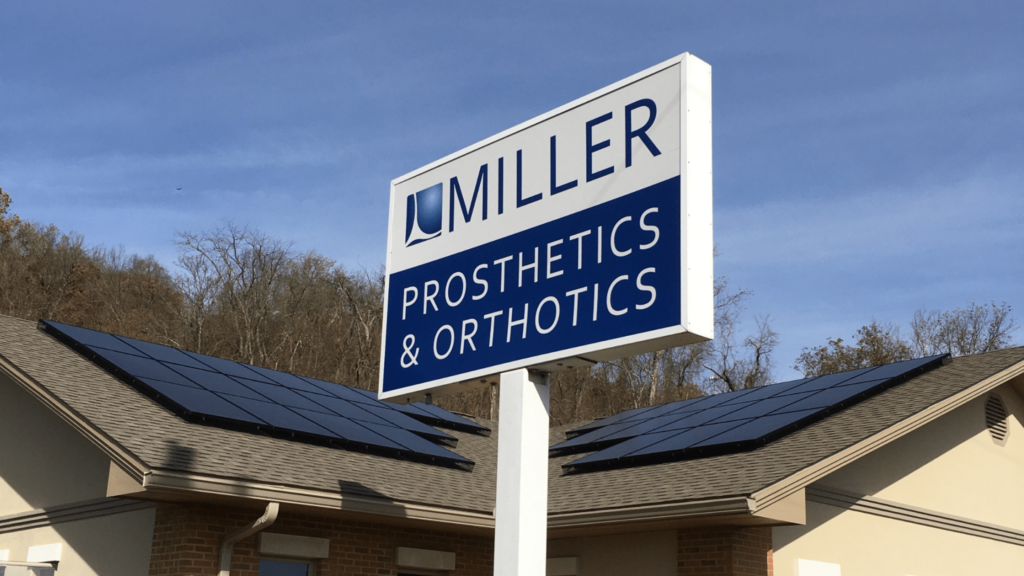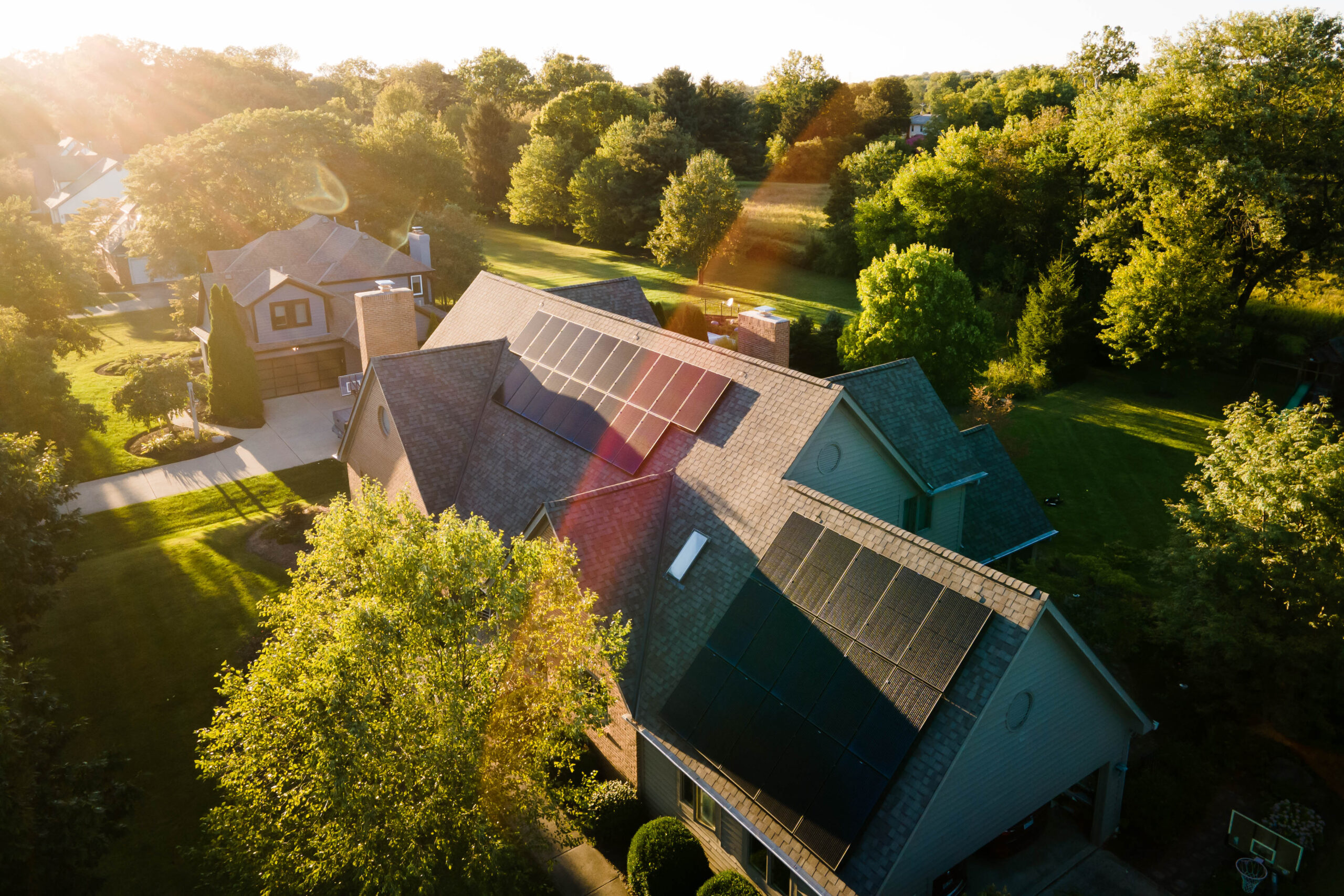How Solar Can Inflation-Proof Your Home or Business
News about inflation is unavoidable. Turn on the radio or open an article from any big media outlet and you will find headlines about inflation and rising electricity prices. Last month the federal government reported that consumer prices climbed 8.6% for 12 months ending in May.
Headlines like that can leave us feeling helpless. What can we do to prevent rising costs? What does this mean for my future? My family’s future? The future of my business?
If this news has you feeling down, take a moment to learn about how you can be proactive in the face of these changes. In this blog, we will look on the bright side and help you consider how solar energy can help inflation-proof your home or business – for decades to come.
As ratepayers continue to see electricity rates they’re paying increase, they are turning to solar energy to take control. If you’re considering going solar, one reason is that you are interested in saving money over time.
Solar is a great option for homeowners who are interested in making their monthly utility expenses more predictable and locking in their electric rates.
Determine Your Timeline
We know you’ve been thinking about solar for a while. Have you decided on a timeline for your installation?
When thinking about inflation and solar installation, developing a timeline is an important first step.
The sooner you go solar, the lower your costs for that solar installation will be.
You may remember headlines about solar prices falling for a long time. We’ve seen those dropping prices even out as solar PV technology became standard. We haven’t seen huge changes in the technological components of solar PV in some time, and that’s reflected in price stabilization.
Because, like all things, the material components for a solar energy installation are susceptible to the same supply chain issues, material and labor costs, and interest rates that are being seen across the board.
So, if you’re thinking about going solar, the sooner, the better.
Near Term Savings
After your solar system has been installed and switched on, you will see the immediate benefits of more predictable monthly bills.
And, as electricity costs in Ohio continue to rise, your near-term savings will increase too.
Long Term Savings
The sun has always been the most reliable source of energy.
When you go solar you purchase significantly less power from your public utility company. With these rates locked in, you can calculate your fixed costs for the next 25 years or more.
Electrify Your Home
As you get used to being a solar homeowner, you’ll start thinking about ways to increasingly use the solar energy you’re generating at your home.
Between investing in an electric vehicle to phasing out appliances to be all electric, you increase your return on investment in solar energy the more you use it!
Enjoy Peace of Mind with Solar Energy
As energy demand and costs increase, we predict an inevitable increase in the number of locally installed solar systems as homeowners and business owners turn to clean energy to generate their own power onsite.
In fact, we predict that individually owned solar systems – on the roof or ground-mounted – will become as commonplace as air conditioning in homes and businesses!
High electricity rates mean solar savings. As electric prices increase, so do the savings you benefit from when you produce your own power onsite.
When you install solar, you are not just generating clean energy. You are also replacing the cost of electricity that your solar energy replaces.
Take the next step to inflation-proof your home or business
What are minor adjustments to our current lifestyle that we can make to insulate our families from the creep of inflation? Installing a solar energy system at your home is an actionable step you can take to take control of future costs of energy right now.








